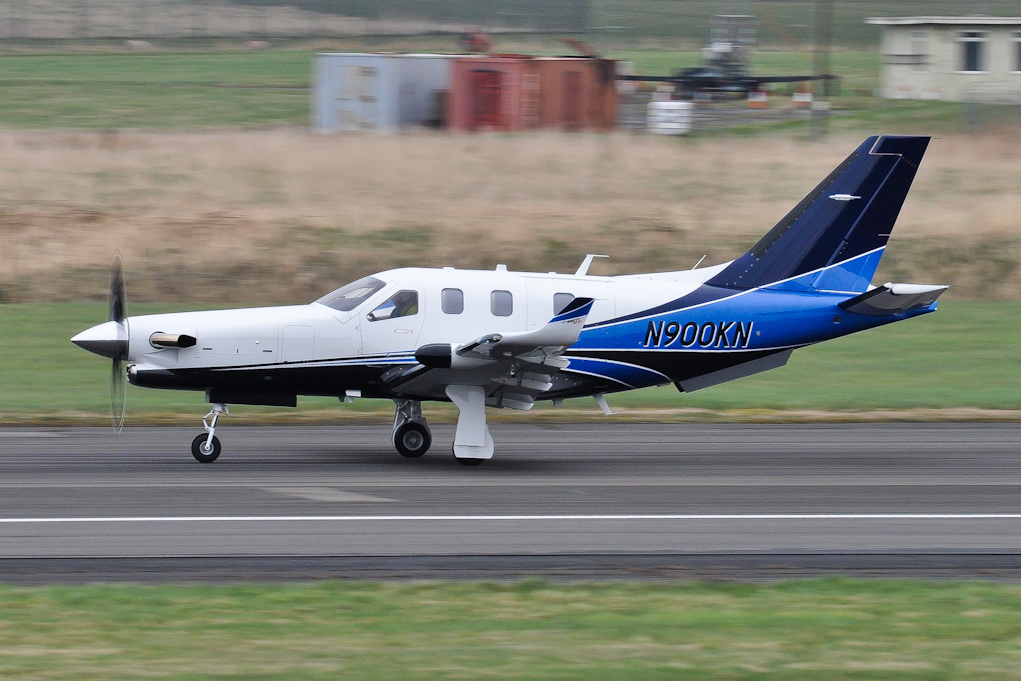
A New York real estate executive was piloting his his small plane from Rochester to Florida on Friday when he stopped communicating with air traffic controllers before eventually crashing near Jamaica.
Larry Glazer, who frequently flew that route, was traveling with his wife. FAA officials said the private plane had reached an altitude of 25,000 feet, prompting some officials to speculate he may have suffered from something known as hypoxia, in which parts of the brain are deprived of adequate oxygen.
It’s far too early to know for sure. But at that altitude, oxygen is so thin that brain cells can only survive for several minutes before they start dying off. Without enough oxygen, people become inattentive, show poor judgment and eventually stop breathing. With extended exposure at high altitudes, the brain shuts off and slips into a coma. Military pilots dispatched to track the aircraft after it failed to respond to air traffic control signals reported seeing the pilot slumped over.
The FAA has warned non-commercial pilots of the dangers of high altitude changes and hypoxia—in its first phases, the pilot won’t necessarily be aware that he’s experiencing oxygen deprivation. On the FAA site’s training section, a member of the agency’s education team urges more physiology training of pilots so they are aware and prepared for the dangers of hypoxia.
According to an official 1991 FAA report, Civilian Training in High-Altitude Flight Physiology, “Some National Transportation Safety Board staff members have expressed a concern that high-altitude flight physiology training for civilian flight personnel should receive greater emphasis than it currently does.” The report goes on to say, “When pilots combine their private flying skills with their business transportation needs and use their aircraft to meet those needs, it is inevitable that in order to meet a schedule, arrive at a destination, or get home after a meeting, the urge to complete a mission will lead the pilot into a physiologically-unsafe altitude or into conditions for which there has been insufficient training or experience.”
More Must-Reads From TIME
- What Student Photojournalists Saw at the Campus Protests
- How Far Trump Would Go
- Why Maternity Care Is Underpaid
- Saving Seconds Is Better Than Hours
- Welcome to the Golden Age of Ryan Gosling
- Scientists Are Finding Out Just How Toxic Your Stuff Is
- The 100 Most Influential People of 2024
- Want Weekly Recs on What to Watch, Read, and More? Sign Up for Worth Your Time
Contact us at letters@time.com